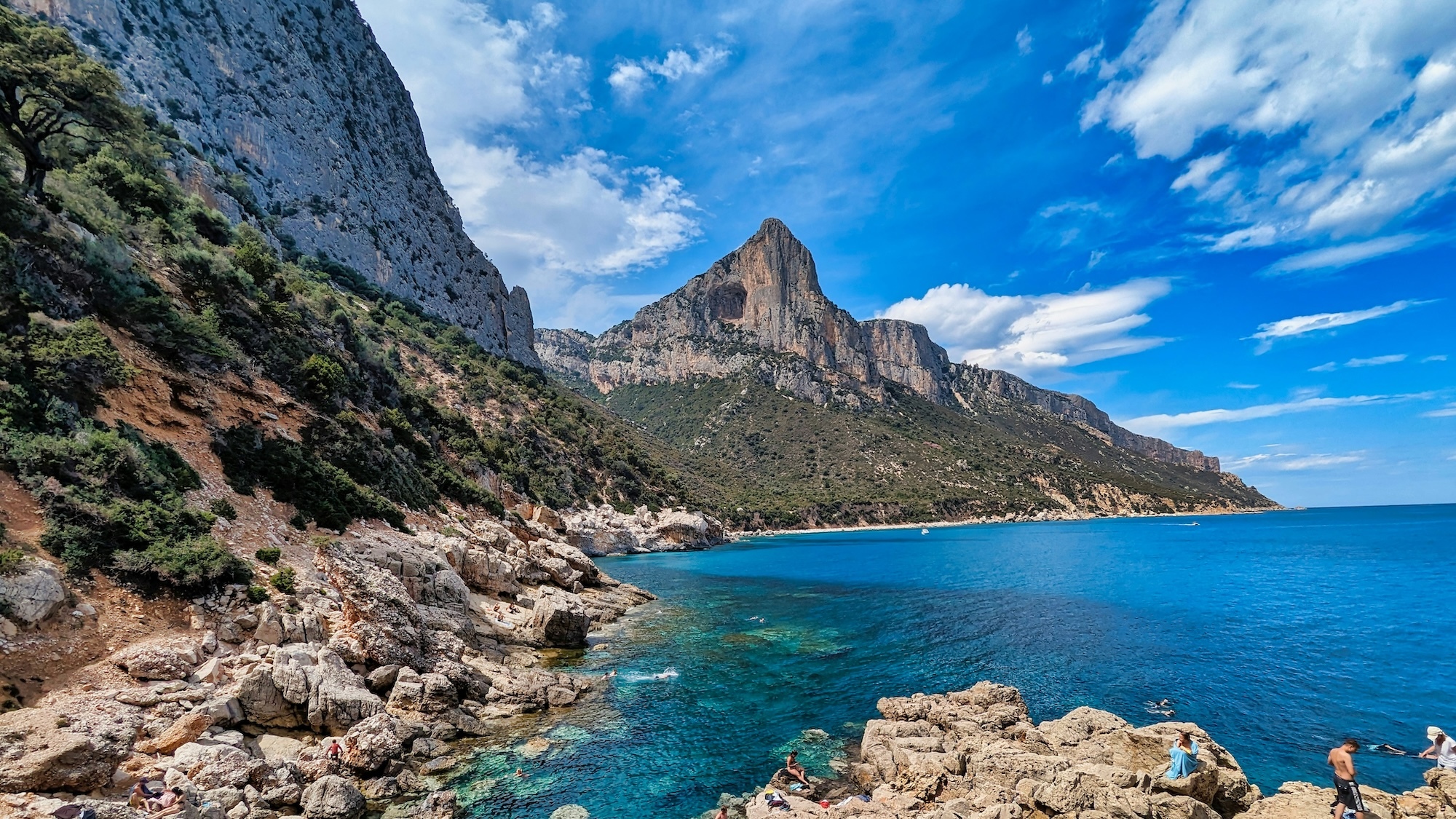A little trip to Sardinia, does that sound exciting to you? Head towards Ogliastra, a true gem nestled between mountains and the eastern coast of the Italian island. But be careful, it’s not a place for just lounging and sunbathing on the beaches in the middle of August. Less known than its neighboring regions, this preserved area is bursting with natural and cultural treasures that reveal themselves even more beautifully out of season. Here are five reasons to add it to your bucket list this winter.
A region perfect for disconnecting
Isolated from the rest of Sardinia by the Gennargentu massif, Ogliastra has long been seen as a region apart, earning the nickname “the island within an island ” even today. Thanks to its unique lifestyle, very close to nature, Ogliastra is one of the regions.European countries with the most centenarians. And it’s easy to see why: there are no overcrowded cities filled with pollution or mass tourism here, just an exceptional natural environment featuring mountains, breathtaking forests, and crystal-clear waters of the Tyrrhenian Sea.
.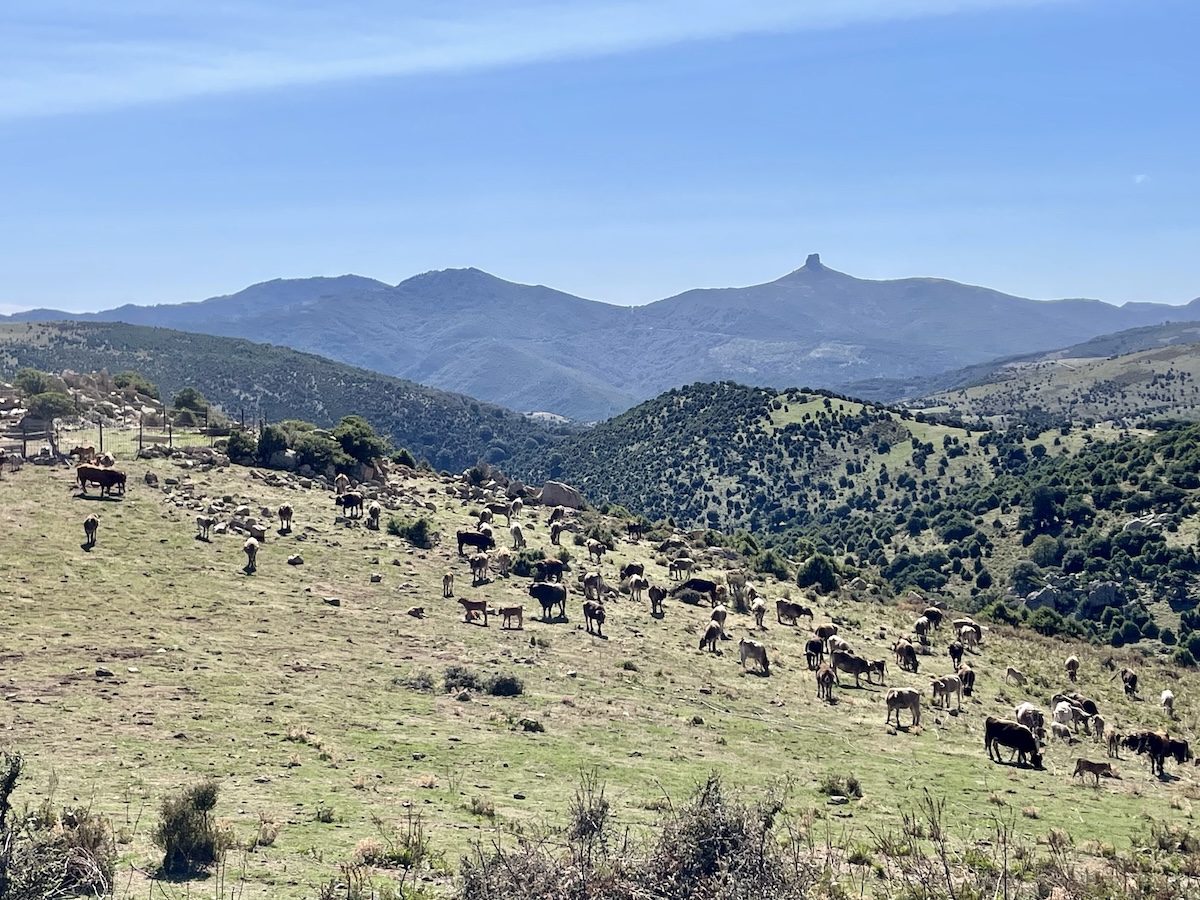
© Auriane Camus / Le Bonbon
Yes, while its idyllic coastline attracts sunbathers in the summer, off-season, its stunning countryside, filled with charming villages and dominated by mountains will delight hiking enthusiasts, history buffs, and fresh air lovers. People come here to disconnect, meet the local wildlife – including thousands of cows, mouflons, and sheep roaming freely on the slopes of the mountain range – as well as its residents, whose warm hospitality is truly admirable.
Magnificent landscapes to explore
Ogliastra is all about a call to escape. With the Gennargentu massif as a backdrop, this mountainous region offers an array of breathtaking landscapes, perfect for hiking, ```climbing or even horseback riding. For hikers, there are trails for every level that reveal stunning natural wonders. One of the most iconic routes is the Su Gorropu trail, which leads to the Gorropu canyon, one of the deepest in Europe. Its steep walls, rising to nearly 500 meters, offer a breathtaking spectacle. Long adventure enthusiasts can take the Sentiero Italia CAI, a legendary trail of nearly 8,000 km that traverses all of Italy, including Sardinia, showcasing unique panoramas as it follows the region's ridges.
.
© Auriane Camus / Le Bonbon
Another natural gem : the Tacchi d’Ogliastra, spectacular limestone formations that resemble the heels of shoes, home to mysterious caves like Su Marmuri, located in Ulassai. For horse riding enthusiasts, several local equestrian centers offer guided rides through the mountains and villages, allowing you to soak in the landscape at a soothing pace while following the old mule paths.
The roof of Sardinia, the Gennargentu massif is characterized by its impressive peaks, such as Punta La Marmora, which reaches an altitude of 1,834 meters. As you explore its trails, you'll pass through forests of evergreen oaks, steep valleys, and cool waterfalls, whose soothing sounds blend with the mooing of cows.
Discovering the Perched Villages
Nestled in the mountains, numerous villages offer a unique immersion into the culture and traditions of Ogliastra. Among them, you’ll find Arzana, perched at 900 meters above sea level, with its winding cobblestone streets leading to typical stone houses. In Lanusei, don’t miss a visit to the Ferdinando Caliumi Astronomical Observatory. Positioned high on the mountain, it provides breathtaking views of the Ogliastra night sky, famous for its clarity. A starry night spent here, with the mountains as a backdrop, is a magical experience not to be missed.
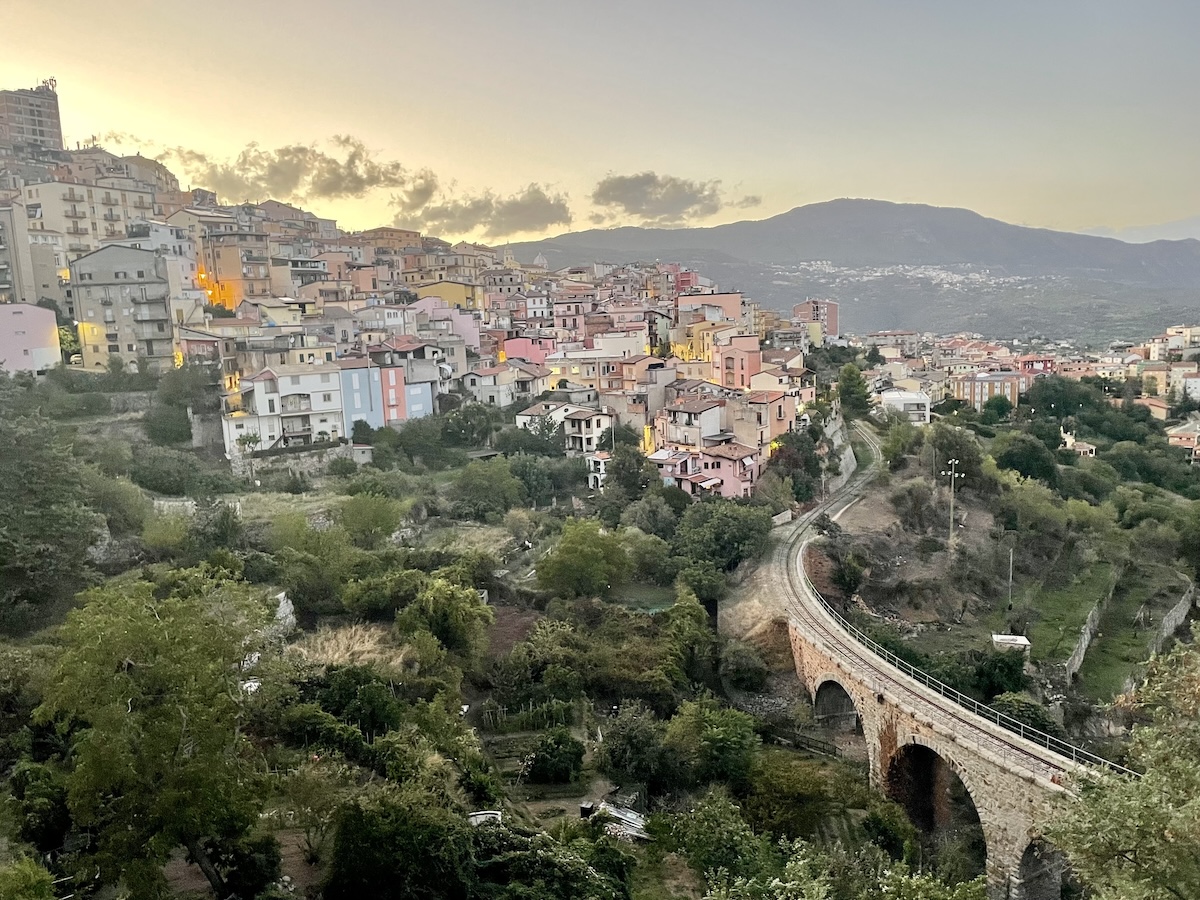
© Auriane Camus / Le Bonbon
Finally, don’t miss Baunei, another charming village that serves as a starting point for several spectacular trails, including those leading to the Golgo plateau. This site offers exceptional views of the mountains and the sea, as well as access to the famous Cala Goloritzé cove, a hidden gem that can only be reached by foot or by boat.
Diving into Nuragic History
Did you know that Sardinia is home to one of the oldest civilizations in Europe? The Nuragic civilization, which emerged around 1750 BC and disappeared around 800 BC, has left behind a fascinating heritage, with over 8,000 nuragic sites spread across the island, some of which still stand today. These sites served as places of worship and fortresses.They are used for surveillance and symbols of power; these mysterious structures, the nuraghes, testify to the ingenuity and cultural wealth of this people who mastered architecture long before the Roman era.
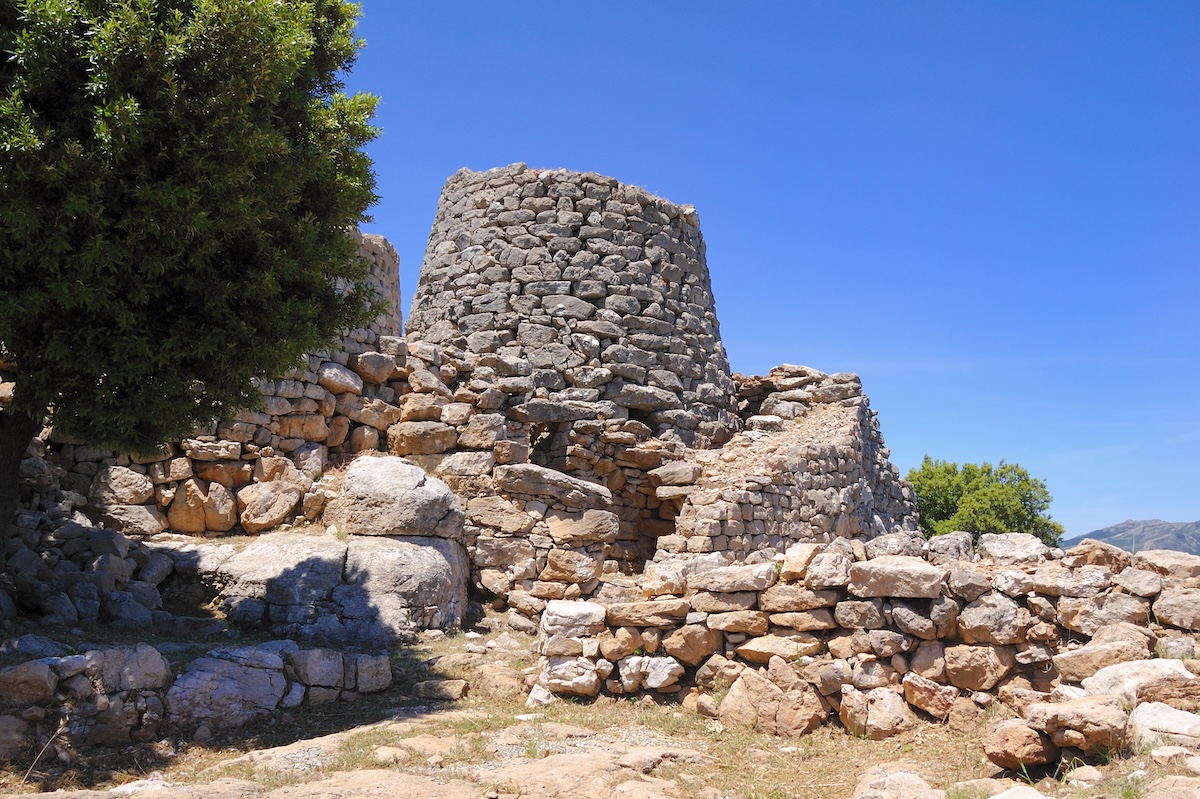
© LPuddori
Among the must-sees is the Nuragic complex of S’Arcu e Is Forros in Villagrande Strisaili, which reveals impressive structures where you can still imagine the lives of the Bronze Age inhabitants. For a complete experience, head to the Nur Archeopark de Seleni, where nature and archaeology meet in a magical setting. This park, opened after 27 years of work, offers a faithful reconstruction of Nuragic life : tombs, huts, living spaces, and places dedicated to spirituality… You'll also discover the tombs of giants, impressive structures that can house hundreds of deceased, with architecture reminiscent of symbolic shapes related to fertility and renewal.
A Kitchen That Warms the Heart
In Sardinia, gastronomy is so much more than just cooking; it’s a moment of sharing and togetherness. A true symbol of Sardinian cuisine, you simply can't miss the culurgiones, delicious ravioli stuffed with potatoes, pecorino cheese, garlic, olive oil, and mint, hand-sealed into a lovely ear of wheat shape. By going through an agency like "Sardinia in Freedom", you might even get the chance to make them yourself in a cooking workshop immersed in a Sardinian family. And the best part? You’ll get to share the table with your hosts, who will treat you to local cured meats, breads, and cheeses, like pane carasau and the famous casu marzu (watch out, it's spicy!), along with some fantastic local wines. To end the meal beautifully, don’t miss the seadas, sweet ravioli filled with fresh cheese and drizzled with honey.honey feet.
.
© lucasinapiphotography via Shutterstock
Thanks to its large population of shepherds and farmers, there’s plenty of meat on the menu, like porceddu, a roasted suckling pig typically stuffed with myrtle branches.
A Celebration of Sustainable Tourism
For the past 4 years, Ogliastra has been hosting the IT.A.CÀ festival, an event that celebrates responsible tourism throughout Italy. Established in 2019 in Bologna, the festival promotes a new tourism ethic aimed at raising awareness among institutions, travelers, the industry, and tourism operators about sustainable development. Through a series of activities combining workshops, excursions, hikes, and shows,even musical evenings, it highlights the local traditions, culture, and natural beauty of the region. A wonderful way to travel differently, by supporting local stakeholders and respecting their environment. The fourth edition, which took place from September 13 to 22, 2024, showcased the communities of Arzana, Lanusei, and Villagrande Strisaili.
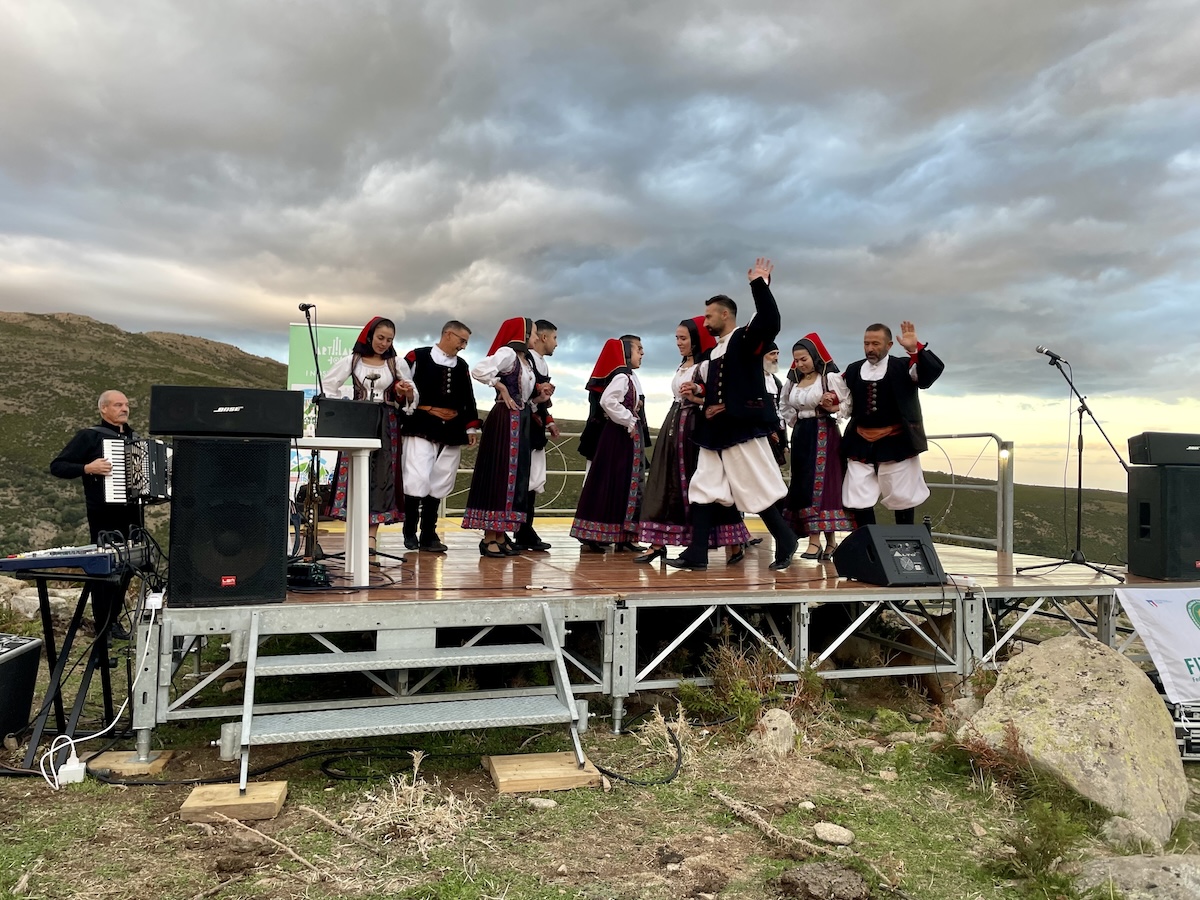
© Auriane Camus / Le Bonbon
Practical Information
Where to stay?
In the summer, coastal hotels welcome tourists looking for relaxation, but off-season, it's better to turn to the locals for a more intimate and authentic experience. Ogliastra boasts many guest rooms run by local residents who are eager to share their daily lives with you, whether it's over a meal or a chat.
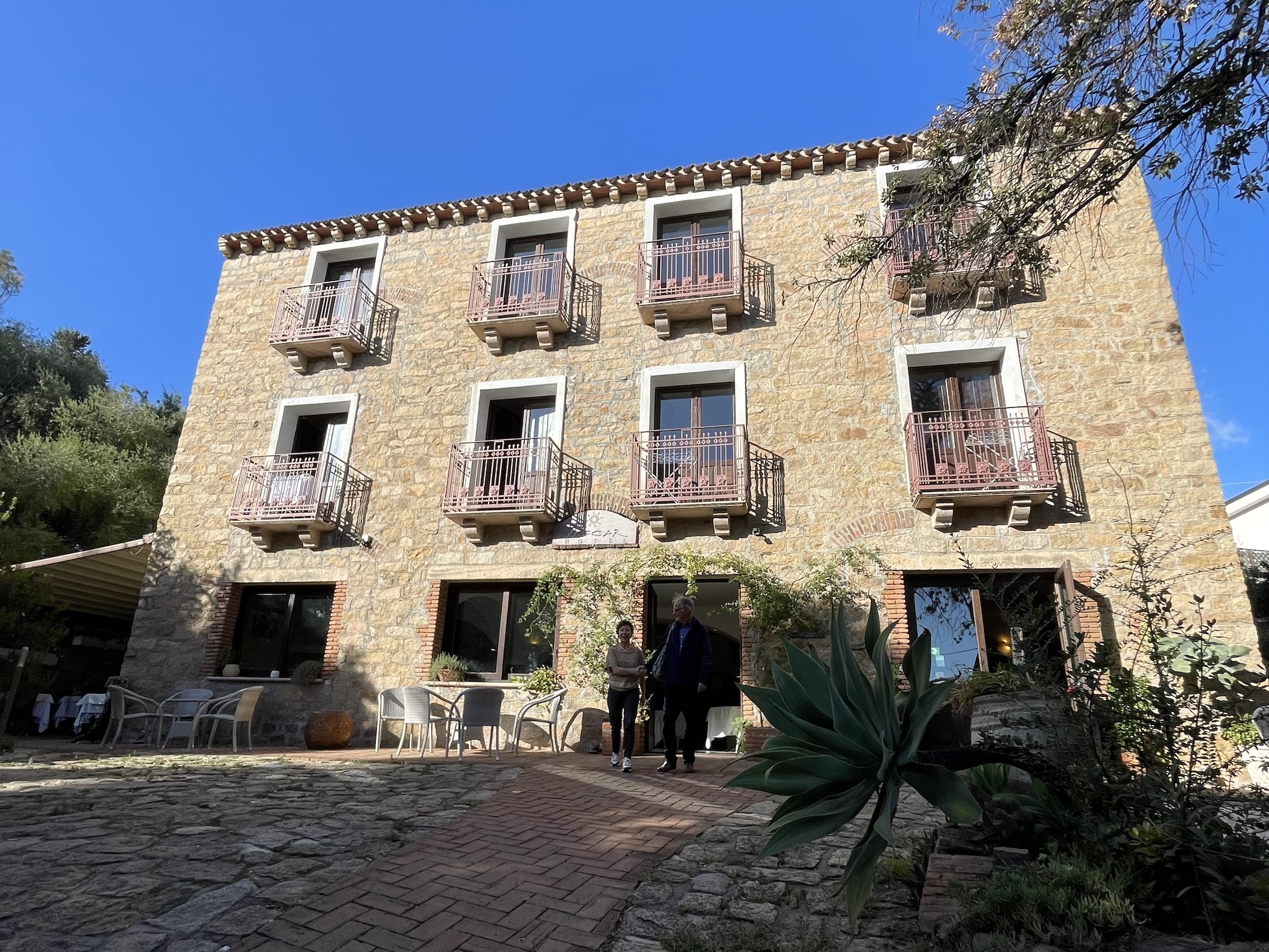
© Auriane Camus / Le Bonbon
For a stay that combines comfort and sustainable tourism, a few hotels stand out for their commitment and charm. Among them is the elegant Nascar Hotel in Santa Maria Navarrese, located just 50 meters from the beach. Housed in a stone building over 200 years old, this hotel run by four sisters features rooms decorated with natural materials and artisanal objects, reflecting the spirit of the region. At breakfast, you'll find a buffet almost entirely made up of local products – and especially homemade goodies – waiting for you to start your day.
How to book your activities ?
To organizeenjoy your excursions and discover the treasures of Ogliastra in complete serenity, you can contact the Sardaigne en liberté agency. A specialist in sustainable tourism, this local agency offers a wide range of activities suited to all tastes: guided hikes, kayaking trips, cultural visits, handcrafted workshops, and so much more. With a passionate and attentive team, you are assured of a unique experience, in harmony with the environment and local traditions.
How to get to Ogliastra from Paris?
To reach Sardinia, Transavia offers up to 5 direct flights per week, departing from Paris-Orly, heading to Olbia> (Mondays, Thursdays, Fridays, Saturdays, and Sundays). Starting from €39 including tax for a one-way trip and in just about two hours, leave behind the gray and dive into the warm atmosphere of Sardinia out of season.
Sardinia is also accessible from Cagliari, where Transavia operates 3 flights per week (on Mondays, Fridays, and Sundays) starting from €38 including tax for a one-way trip. Now is the perfect time to book your tickets for spring, as the flight season runs from late March to October!
